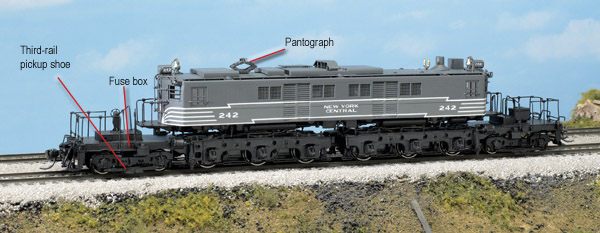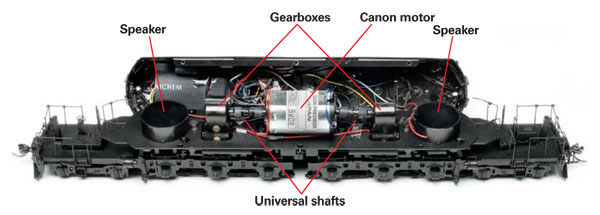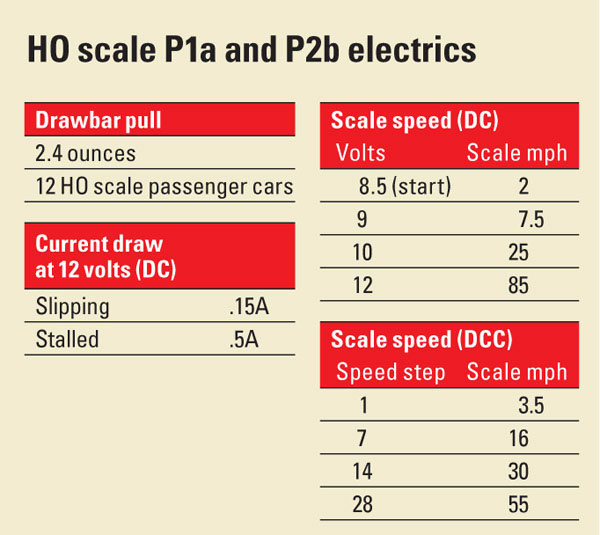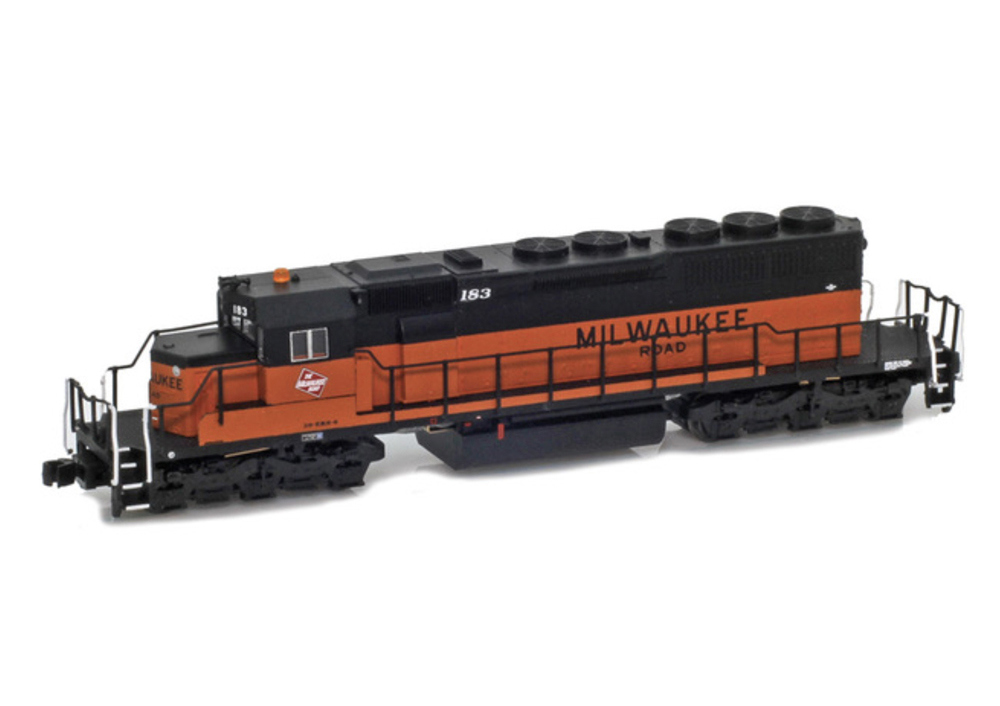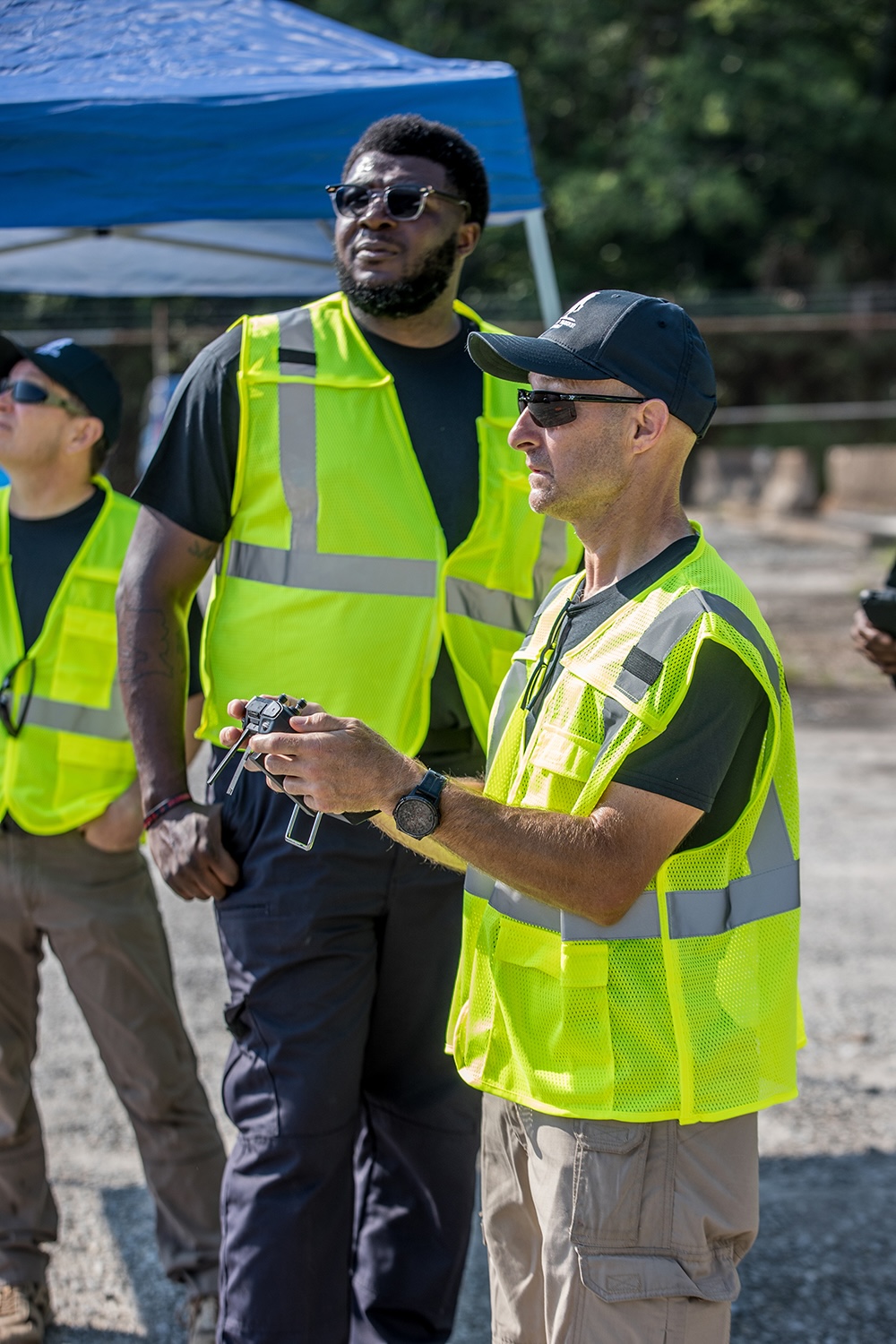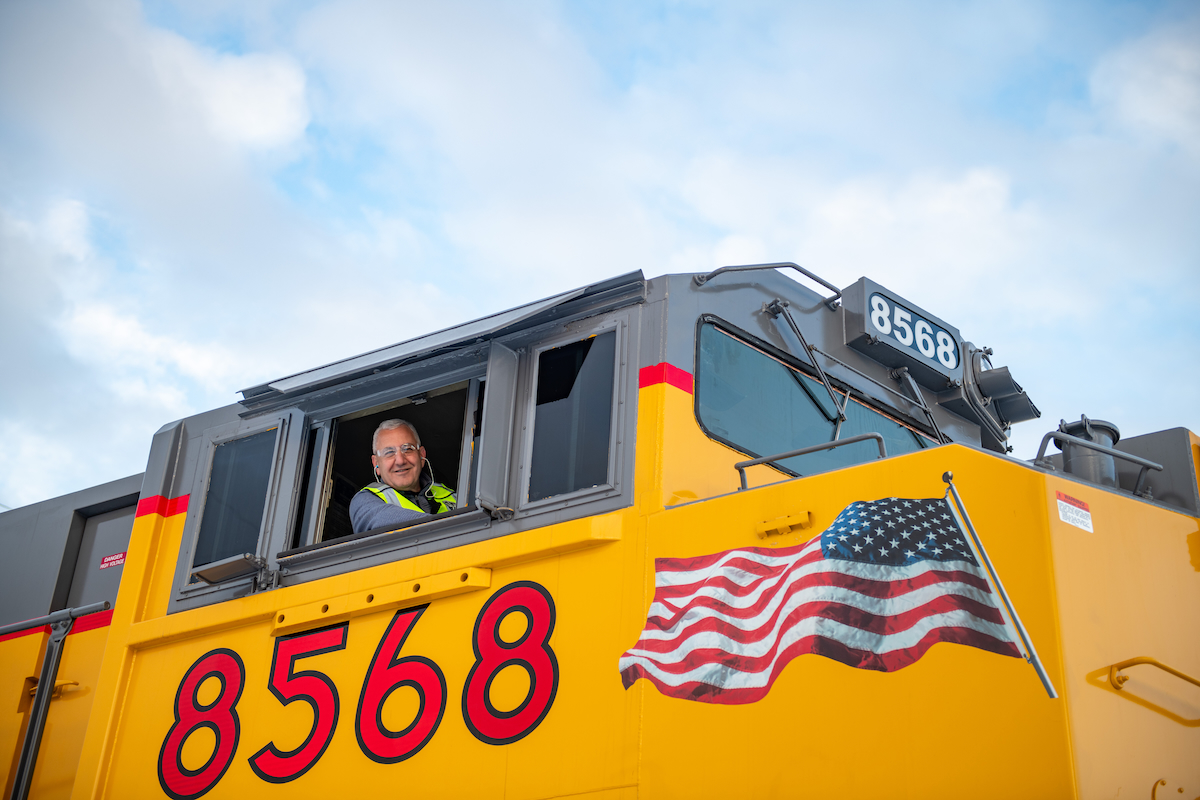The prototype. In 1929 Alco partnered with General Electric to build 22 electric locomotives for the Cleveland Union Terminal (CUT). The terminal’s chief operating partner, the New York Central, had purchased these locomotives, which had the same wheel configuration (2-C+C-2) as the later Pennsylvania RR GG1. The 3,030 hp class P-1a locomotives hauled passenger trains along the smoke-free, electrified zone around CUT for more than 20 years. Each P-1a had pantographs to draw power from the 3,000-volt overhead catenary.
As diesel-electrics replaced steam locomotives, the CUT electrified zone became less of a necessity, and was finally eliminated. By the early 1950s, diesels pulled their passenger trains directly to CUT.
However, the electrified zone in New York City was still in operation and hadn’t seen a new NYC passenger motor since 1926. In the mid-1950s the Central sent the P-1a fleet to Alco-GE to be refurbished for 660-volt DC third-rail operation. Reclassed P-2b, 20 of the locomotives (a prototype was classed P-2a, and another was destroyed before reassignment) led passenger trains along the electrified lines out of Grand Central Terminal (GCT).
Made primarily of brass, our P-1a and P-2b review samples feature sharply engraved rivet seams and other details. The angle of the cab ends and the curve of the roof ends looks correct according to prototype photos.
Both models feature many separate detail parts including brakewheel stands, bells with actuating rods, rooftop steam generator equipment, and scale-profile metal handrails. Sunset also did a fine job capturing the detail differences between the P-1 and the P-2.
The CUT P-1a has the correct six windows on each side of the body. This version also has positionable metal pantographs, rooftop piping for the brake system, and walkways with engraved wood grain detail. The as-built CUT version also accurately has an MU stand on each end, which were removed by the time the motors were sent to New York.
The NYC P-2 correctly has four pairs of see-through grills rather than windows in addition to the cab windows on each side, and the MU stands are gone. The P-2 has metal roof walks with safety tread. The trucks on the P-2 have third-rail pickup shoes and the pilots have the third-rail fuse boxes mounted on the sides. The small rooftop pantograph on this version was used to pick up power from lengths of electrified rail mounted on the ceiling under GCT where some breaks in the third rail were required.
There is clear glazing in all the cab windows. However, there isn’t even a rudimentary cab interior or crew figures. Since the interior of the body shell is illuminated, the motor is visible through the end windows. It would be relatively easy to fashion some cab partitions from styrene. These would block the view of the motor from either end.
The lettering on the Cleveland Union Terminal version matches prototype photos. The “lightning stripe” paint scheme of the NYC version is also spot on. All the striping and lettering are straight, including the red New York Central system heralds on the cab doors at each end.
The QSI Titan DCC sound decoder is also attached to the inside of the body shell. Two 28mm round downward-
facing speakers are mounted on each end of the brass frame.
A prototype P motor had a top speed of 70 mph. On our DCC test track, our review samples reached 55 scale mph – not quite as fast as the real thing, but fast enough for most model railroads. The model was speedier on the DC test track, reaching 85 scale mph at 12V.
The model’s drawbar pull is enough to haul 12 free-rolling HO scale passenger cars on straight and level track. As an additional test, I ran the model with 7 HO passenger cars up a 1 percent grade. The P-motor maintained its speed, didn’t slip, and smoothly rounded a 30″ radius curve with all the cars in tow.
Sounds. Since it’s a model of an electric locomotive, the HO P-motor is relatively quiet. As on the prototype, the most prevalent sounds are the blowers and air releases. The well-enclosed speakers clearly project the sound without any rattles or buzzes.
On a DCC layout the QSI decoder’s user-triggered sound effects include the bell, whistle, blower, and coupler sounds. There’s a maintenance scenario involving the crew dealing with a short circuit as well as a fuel loading scenario, which I assume is for the steam boiler, which was used to provide heat for the passenger cars.
The default for function 2 is a high-pitched steam whistle. However, function 11 allows the user to toggle between the whistle and an air horn. There are several other whistle and horn sounds available. A one-shot Doppler effect can also be used in conjunction with the whistle or horn. All the sound effects, including their volume levels, as well as motor performance features, such as speed tables, are programmable.
When operated with a DC power pack, the P-motor’s blower sounds and air releases are automatic. A quick decrease in the throttle triggers squealing brakes. Quickly toggling the direction switch triggers the bell when the model is in motion, or the whistle when the model is still. QSI also sells a Quantum Programmer ($59.99), which makes it easier to program CVs and trigger sound effects on a DC layout.
The QSI Titan decoder provides a lot of options for a modeler. Extensive user manuals that explain the decoder’s features are available as free downloads at www.qsisolutions.com.
The Sunset Models P-motors feature a level of detail sure to please most collectors. However, the QSI Titan decoder and solid mechanism makes this model more than simply a display piece.
Manufacturer
Sunset Models Inc.
22 Beta Court
San Ramon, CA 94583
www.3rdrail.com
Road names: (several road numbers each) New York Central, Cleveland Union Terminal
Era: 1955 to early 1970s (NYC), 1929 to early 1950s (CUT)
Features
- All six driver axles are powered
- All-wheel electrical pickup
- Blackened metal RP-25 contour wheels in gauge
- Canon motor
- Die-cast metal gear boxes
- Dual-mode QSI Titan stereo DCC
- sound decoder
- Operating knuckle couplers at correct height
- Positionable metal pantographs (CUT version)
- Minimum radius: 30″
- Weight: 1 pound 3.3 ounces





